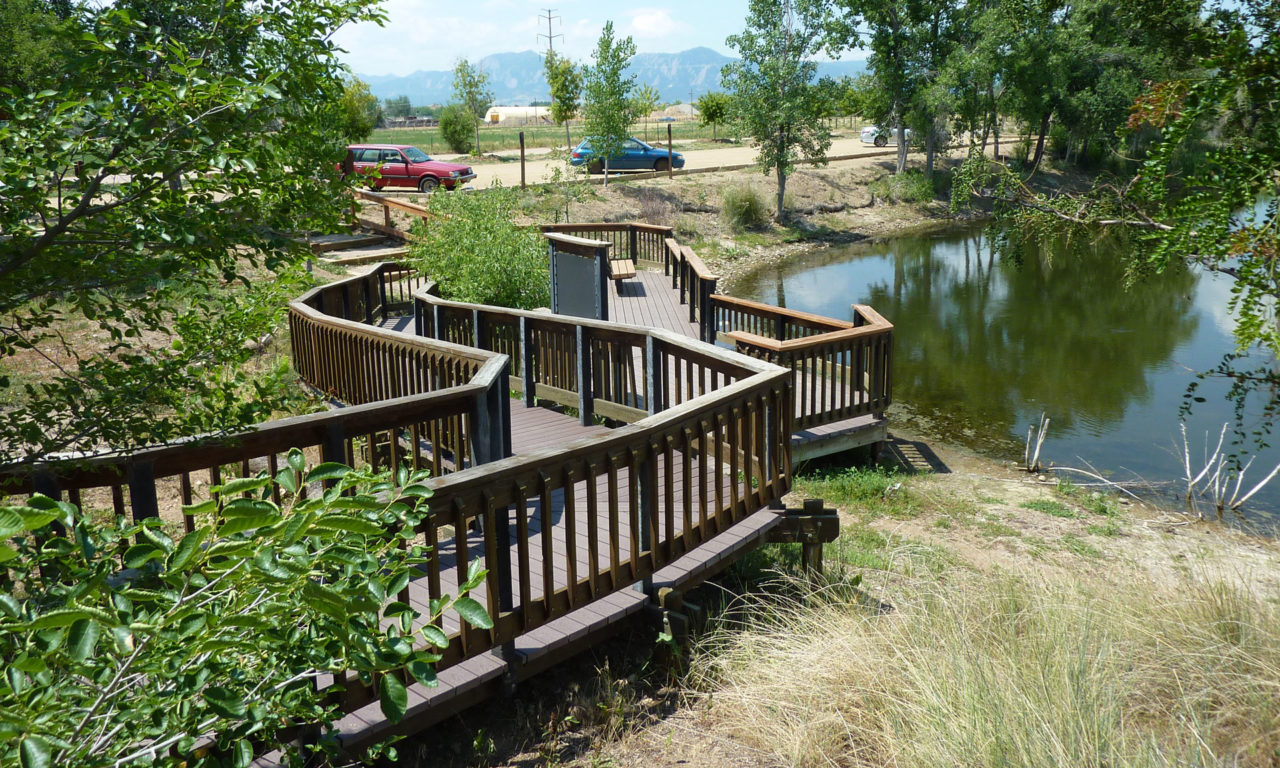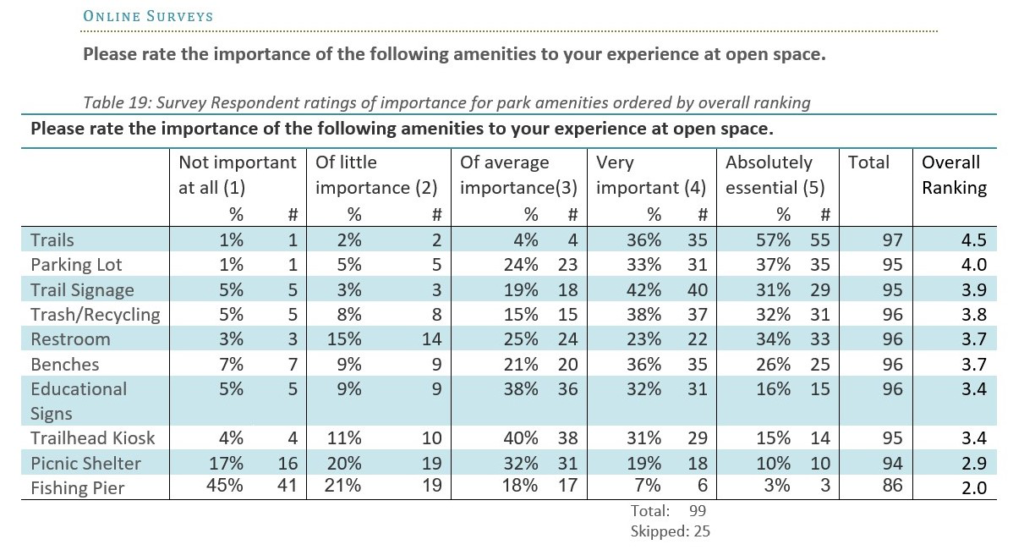Going on a hike or enjoying a quiet moment in nature benefits people of all abilities. To provide the best service to our visitors with disabilities at parks and out on the trails, we recently conducted a study to identify opportunities for improvement.
The study helped us better understand the visitation patterns, amenity preferences, and visitor experiences of people with disabilities, as well as the family, friends, and local organizations that visit open space properties with people who have disabilities.
Seven in-depth interviews were conducted with organizations that serve people with disabilities and visit open space properties. In the interviews, participants were asked to share their experiences when visiting Boulder County Parks & Open Space or other open space properties. The results of the interviews helped inform an online survey.
The online survey was open from July through October 2019. A total of 124 surveys were completed, with 66 surveys (53 percent) filled out by people with disabilities and 58 surveys (48 percent) filled out by a family member, friend, or person who works with someone with a disability. People were asked to describe their disability in their own words, with most people reporting a mobility or physical impairment.
The following are key findings from the interviews with organizations and from the survey responses.
Visitation Patterns and Activity Preferences
- Most organizations and survey respondents report visiting open space at least once a month.
- Open space properties and trails near lakes, reservoirs, and creeks are most frequently visited by organizations.
- Properties most frequently visited by survey respondents include Walden Ponds Wildlife Habitat, Boulder Canyon Trail (a City of Boulder trail), Heil Valley Ranch, Betasso Preserve, and Caribou Ranch.
- The two most common activities organizations report are hiking and fishing. The most common activities survey respondents report include walking or hiking on trails (includes using a walker, cane, etc.), viewing wildlife, bringing a dog, and gathering with family and/or friends.
Prior Experiences Related to Parks and Trails
- When reflecting upon a prior experience with their organization at an open space property, participants most commonly reference the scenery. Likewise, enjoying the views, beauty, and scenery are the most common positive memories mentioned by survey respondents.
- Supportive, friendly staff and people are important to a positive experience for organizations.
- The most common problems reported by organizations are logistical issues (parking, permits, organization’s staffing, etc.). Similarly, insufficient parking or problems with parking are the most common problems mentioned by survey respondents.
Design Features for Park Amenities and Trails
- The three most important amenities to the organizations are restrooms, trails, and parking lots. The three most important amenities to the survey respondents are trails, parking lots, and trail signage.
- Other amenities that the organizations reported looking for when choosing specific open space properties to visit include: water fountains, gathering areas for groups of people, accessible gates, shade, good trail maintenance, and online information about accessible trails.
- Other amenities survey respondents reported looking for when choosing to visit a park or open space include: accessible trail design (smooth, handholds for inclines, easy trails), shade, accessible parking, access to parks using public transport, and places that provide easy accommodation for wheelchairs.
Availability and Usability of Information
- Organizations and survey respondents most often gather information about parks and open space online.
- Four out of the seven organizations reported problems finding the information needed to plan a visit to open space. One out of five survey respondents reported problems finding the information needed.
Next Steps
The results from the interviews and survey revealed that the needs, preferences, and experiences of individual people and groups of people may differ. The staff at Boulder County Parks & Open Space are using the results to identify potential projects and improvements in our parks, as well as ways to improve public information and engage the disability community in future planning processes. Our goal is to ensure that visitors of all abilities can enjoy the beauty of Boulder County’s parks and trails.



